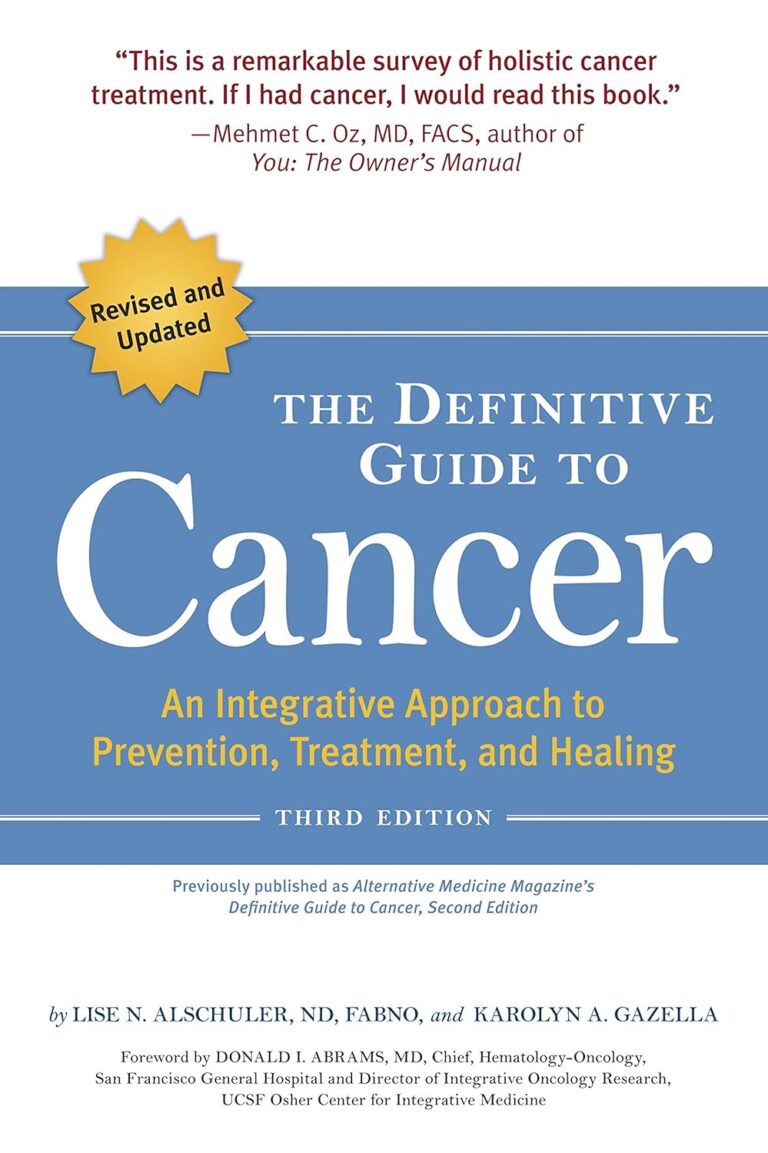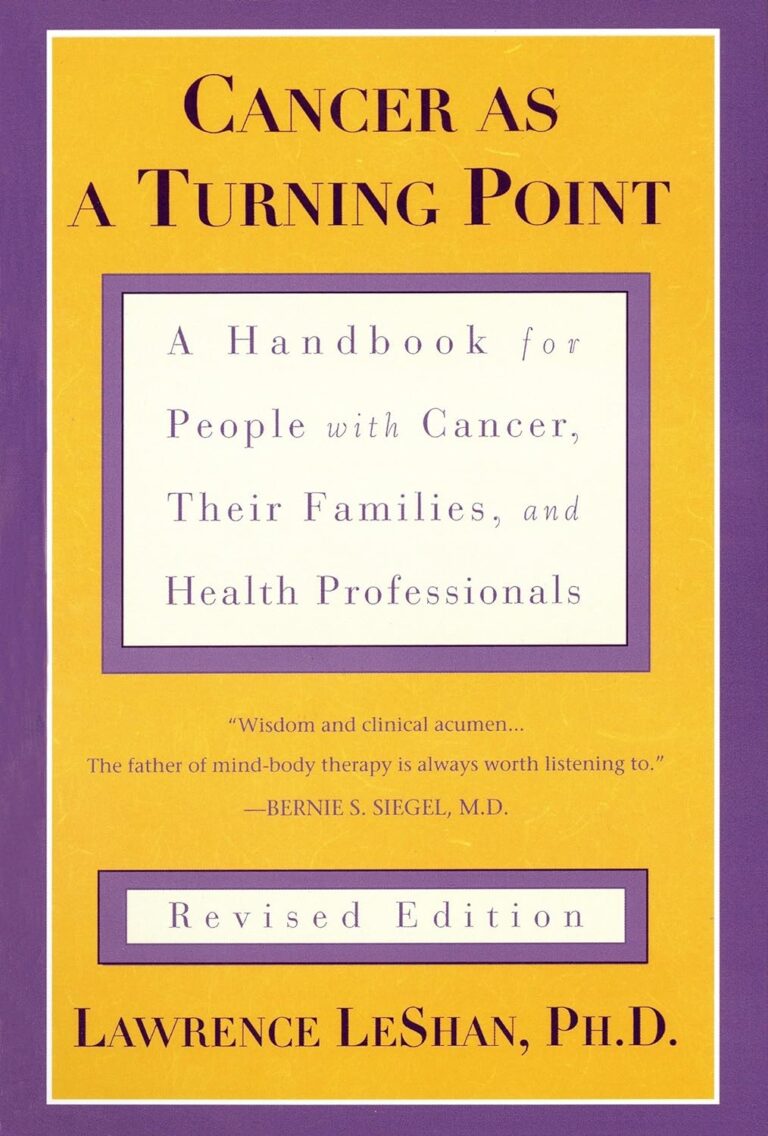
The study of biology and life begins with a fascinating and intricate molecule, DNA. As the blueprint for life, it holds the keys to the existence and functions of all organisms, from the simplest bacteria to the most complex human beings. Recognizing and understanding DNA’s role and its intricacies allows us to uncover the wonders of life processes and harness this knowledge in numerous ways.
The role that DNA plays in human health and disease has always been under the microscope due to its undeniable impact. This article will take you through the fundamental aspects of DNA, its position in life’s processes, and its pupose in the medical and healthcare field.
The Science Behind DNA
At the heart of DNA lies its basic components, called nucleotides. A single nucleotide is made up of a sugar called deoxyribose, a phosphate group, and a nitrogenous base. The base can be any one of four varieties – adenine (A), guanine (G), cytosine (C), or thymine (T).
Speaking of its structure, DNA possesses a unique property deriving from its double-helical nature. The phosphate and sugar groups form the helix’s backbone, while the nitrogen bases work like rungs on a ladder. The bases specifically interact with each other in a complementary manner, i.e., A pairs with T while C pairs with G.
What Exactly is DNA? – Defining the Blueprint of Life
DNA, or deoxyribonucleic acid, is essentially the molecular manual for all life. It carries the set of instructions needed by all organisms for growth, development, function, and reproduction. Thus, it’s referred to as the blueprint of life.
Every organism, despite the number of differences, carries a unique DNA structure that separates them from the rest. This distinctness lies in the unique arrangement of base pairs that contribute to the uniqueness of DNA in individuals.
The Role and Function of DNA
In terms of growth and development, DNA holds all the necessary codes required for the production of different proteins. These proteins, in turn, carry out a variety of tasks in the organisms, from forming body structures to catalyzing chemical reactions.
When it comes to reproduction, DNA copies itself to pass on the genetic information to offspring. This process ensures the continuity of traits from parents to progeny, a concept known as heredity.
The Importance of DNA in Medicine and Healthcare
DNA takes a central role in genetic studies due to its hereditary nature. Genetic variability, brought about by minor changes or mutations in DNA sequences, often leads to genetic disorders. Recognizing these changes aids in early disease detection and even prevention.
Furthermore, contemporary medicine is heavily reliant on DNA. From using DNA for disease diagnosis to developing genetic therapies, DNA’s role in medicine and healthcare is undeniable.
Get to know us better
If you are reading this, you are in the right place – we do not care who you are and what you do, press the button and follow discussions live

Real-World Applications and Impact of DNA
One of the most popular uses of DNA is in forensics, specifically DNA fingerprinting. This technique is instrumental in solving various criminal cases.
Genetic engineering, a field centred around manipulating DNA sequences, holds incredible potential. From creating genetically modified organisms (GMOs) that can withstand harsh environmental conditions, to gene therapy in treating various genetic disorders, the implications of genetic engineering are enormous.
Conclusion
To summarize, DNA’s uniquity, structure, and function make it quintessential to life. From reproduction to development, its role is critical. It remains a central aspect of medical research and holds immense potential in advancing healthcare.
Understanding DNA aids in deciphering the complexities of life, leading us towards groundbreaking discoveries, undeniably influencing everyday life in numerous ways.
Frequently Asked Questions (FAQs)
1. What does DNA stand for?
Deoxyribonucleic Acid.
2. Why is DNA important to human health?
It carries the genetic instructions for the development, function, growth, and reproduction of all known organisms, including humans. Its study can aid in early disease detection and treatment.
3. How does DNA work?
It works by encoding information in its sequence of bases, which is then used to produce various proteins needed for numerous bodily functions.
4. Can DNA be changed or manipulated?
Yes, DNA can be manipulated using specific tools and techniques, mainly in the field of genetic engineering.
5. What is the connection between DNA and heredity?
DNA carries genetic information from parents to offspring, forming the basis of heredity.

















Comments
Thank you. Comment sent for approval.
Something is wrong, try again later